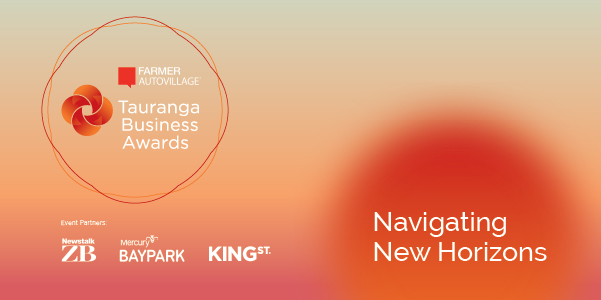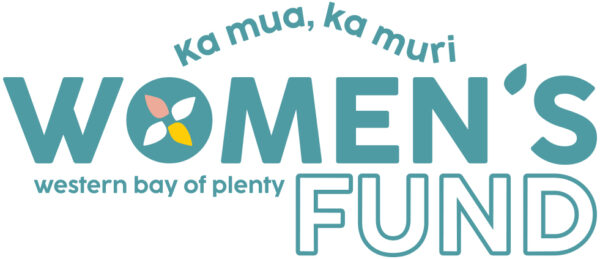When it comes to a crisis, communication is key. But often those who need to know first are the last to be informed – why is this? Scott Campbell discusses the value of an internal communications plan.
For a long time, internal communications was seen as the ‘poor cousin’ to PR and media engagement or strategic communications, but that has all changed with the lockdown(s). Almost overnight it changed, especially with businesses needing to work remotely and team members constantly living in a strange world full of uncertainty.
There is a tendency for internal communications to be more operations-focused, rather than people-focused: Very much focused on who to talk to, what channels, and when, but not often how to talk to someone, what’s driving them, what else are they dealing with.
For a number of organisations, there is a disconnect between the external perceptions people have about you versus the reality of ‘the inside’. This is where internal communications become so important in a crisis. Your people need to, and should, hear from you first.
Larger organisations have often accepted ‘leaked’ information as inconvenient but inevitable – a sign of some people not agreeing with the way management run things. That’s usually a sign there are conflicting messages from the leadership.
When lockdown hit, the good businesses swung into overdrive on internal communications. The best performers focused on authenticity and empathy. They were up front and laid things out clearly. Why was this important? With so much uncertainty and the daunting messages from the Government every day, the one place people wanted to get clear communications, was from their employers and management.
What is an internal comms plan and what is its core function(s)?
Think of an internal comms plan as a ‘playbook’. Where are our people? How can we connect with them? What do they need to know, and when? It’s also important to think through as many ‘likely questions’ as possible. If you know your team well, then you should be able to pick what these questions are.
A well-established internal comms programme makes it easier to pivot during a crisis. Often businesses will think of an internal comms plan like a checklist e.g. send email to Senior Leadership team at 2pm, send all staff email at 3pm. But that falls over when some of your staff aren’t connected, don’t have access to emails, or you’ve sent it to them at the same time as the media story broke.
Internal comms is vital for keeping staff informed, reassured, connected and motivated. In a crisis people are looking for confidence from their leaders. How you present your communications is just as important as what you say. Cut the spin and the flashy over-produced videos. Your team just want to see the whites of your eyes, and hear from you in a way that is honest and authentic.
A core function of an internal comms plan is the consistency of messaging. It’s critical to ensure there is consistent messaging, both internally and externally. Be prepared for anything communicated to go public, but most importantly make sure that what you say externally is the same as what you tell your team.
Why is it important to have one – in both a crisis and under normal circumstances?
There are far reaching (and costly) consequences when internal comms is not done well. All businesses and organisations should operate on the basis that our staff are our best, and at times our worst, advocates.
In a crisis, people look to their leaders for reassurance and certainty. Leadership is not just operational – engaging on a hearts and minds level is required. There was a recently example where business leadership were informing staff that their operations were to close. Unfortunately the leadership couldn’t be in the same room and so they had pre-recorded a video message. The quality of the video wasn’t great, and so the staff became frustrated very quickly when they couldn’t hear the message. This announcement was entirely about their jobs, so unsurprising, they were upset. Thankfully, a senior manager, who was there stepped forward and delivered the difficult message. They read from a script, which had the same messaging as the video, but because the manager was in front of the staff it immediately changed the atmosphere. Staff were understanding and the announcement, while difficult, provided the certainty they needed. This is where the playbook comes in handy. The business had thought through the ‘what-ifs’ and were ready in case something went wrong. A plan is only as good as the implementation.
In business as usual, a regular and proactive approach can mitigate potential issues. Everyone wants to have input into their workplace. Two-way, authentic communication is vital, so people have the opportunities to be heard.
As we begin to understand what the post-lockdown world looks like, now more than ever visual communication is key – people like to see their leaders and their colleagues. Video, newsletters with photos of their workmates (electronic ones and hard-copy), and regular leader lead meetings. If done right, good internal comms boosts culture and productivity as staff feel empowered and motivated.

What types of companies should have an internal comms plan?
All companies, regardless of size. They don’t need to be long documents with big sentences and structures. Short, simple, practical prompts are best. Start with the principles e.g. the team will hear from us first, we will use one source of truth (our intranet or Facebook group). Then, identify who is responsible for what and consider the ‘what-ifs’.
How can a business get started preparing an internal comms plan?
Firstly ask yourself ‘why’: Why are we doing this and what are we hoping to achieve? That will set out your plan. For example, if you’re about to deliver some bad news, it is worth thinking through, “What is the best case scenario?” and if the answer is that, “We want people to say we treated them well and were open”, then that should guide your plan.
It’s important also when you start to develop your plan that you consider that people need different things – what works for one person/group may not work well for others. For example, holding an all staff briefing can be very intimidating, and some people will struggle to put their hand up and ask questions. You should think through other ways for them to engage, such as follow-up meetings with smaller groups of their close colleagues, or even the good old suggestion box in the staff room for anonymous comments.
While Zoom and Teams have become the norm, there are limitations to video and unless you’re well-versed in presenting on camera, sending a video to all staff can go backwards. Kanohi ki te kanohi (face-to-face) remains the most powerful way to connect.
When it comes to challenging topics that could be potentially newsworthy (i.e. redundancies, crisis, company closure, disgruntled employees etc), what are you top tips for businesses to best manage this?
Tell your people first. Tell them exactly what they will see in the media or on social, and when. Avoid the email to all five minutes before – or worse, after the media story has been published. You can’t control what the media write or what anyone else does for that matter.
Businesses need to take the opportunity and communicate their message to their people first. It is far easier to manage challenging topics when you’re on the right foot, than when you’re under fire.
Final tips:
- Use the learnings from lockdown. Audit what worked and what didn’t.
- Look to IT as an enabler – have you got a good communication tool that fits most of your team? Outlook is not the solution.
- Expectations to remote working have changed – internal comms are crucial to our new norm, especially when people aren’t in the same room.
- Talk to the experts and remember a plan is only as good as the people delivering it, so you need to train and stress test it regularly.
Scott is the Director and Chief Executive of Campbell Squared Communications, a full service strategic communications agency. Scott has whakapapa to Ngāti Whakaue, Ngāti Rangiwewehi, Ngāti Tūwharetoa, Ngāi te Rangi, Ngāti Pūkenga, from the Bay of Plenty region. Scott is a former senior 3News Journalist and is sought-after for his strategic advice on managing challenging political, media, iwi and investor issues.
His consultancy provides ongoing and project-based support to a range of iwi and hapū entities, both pre- and post-Treaty settlement, and advises corporate and government agencies on their engagement with tangata whenua.
















































